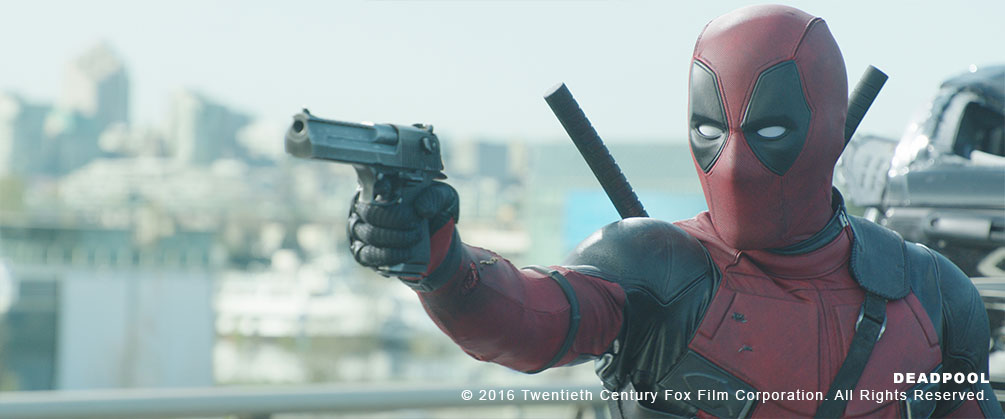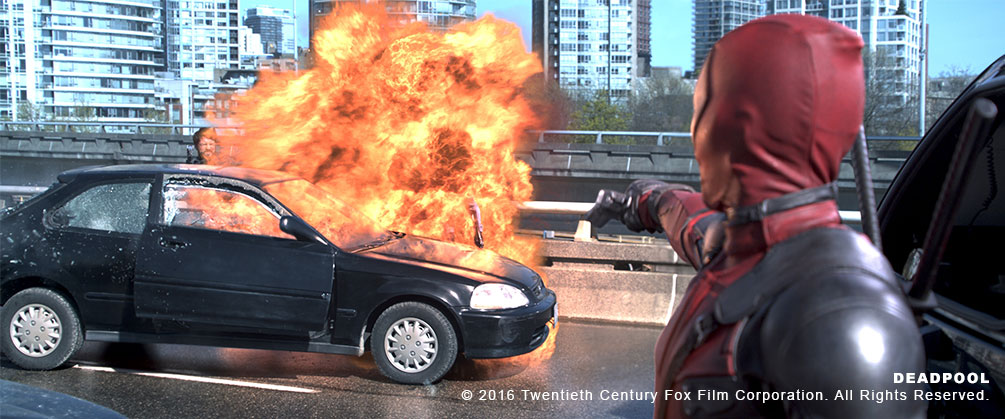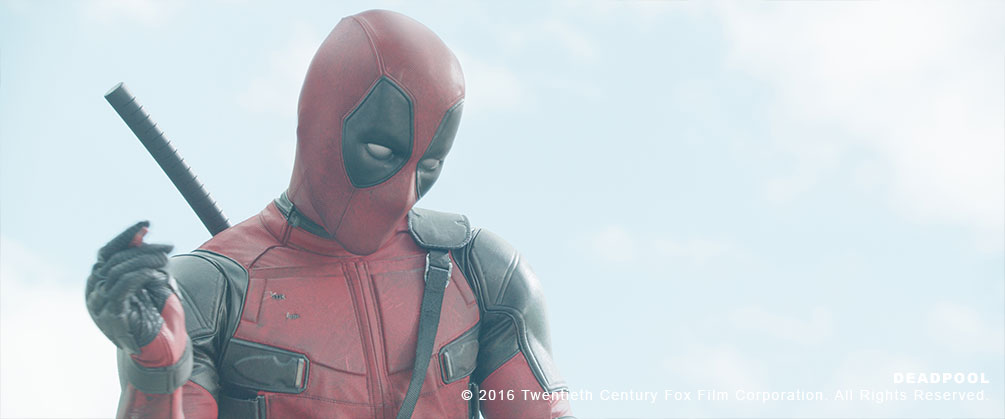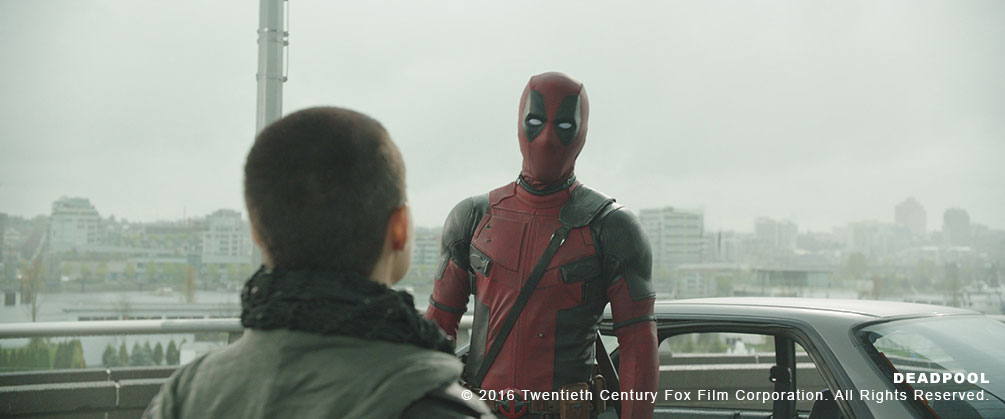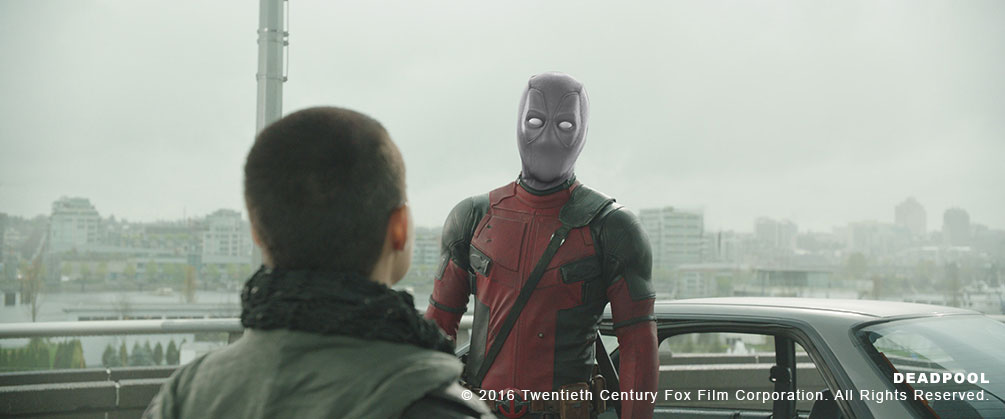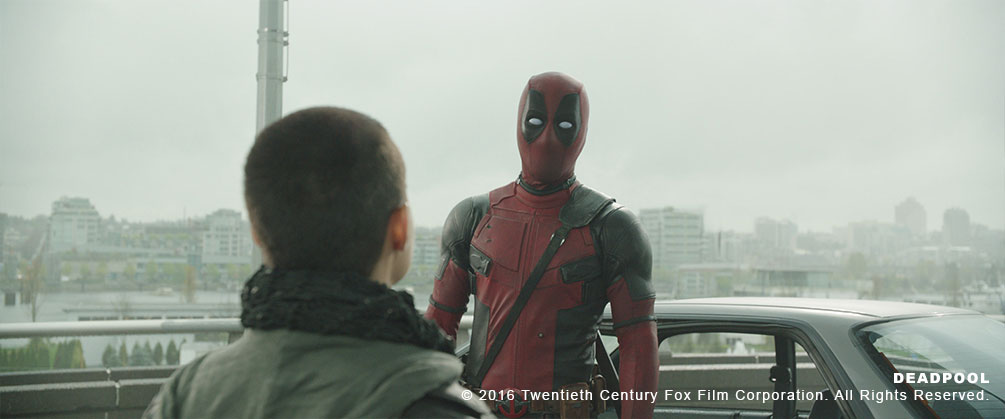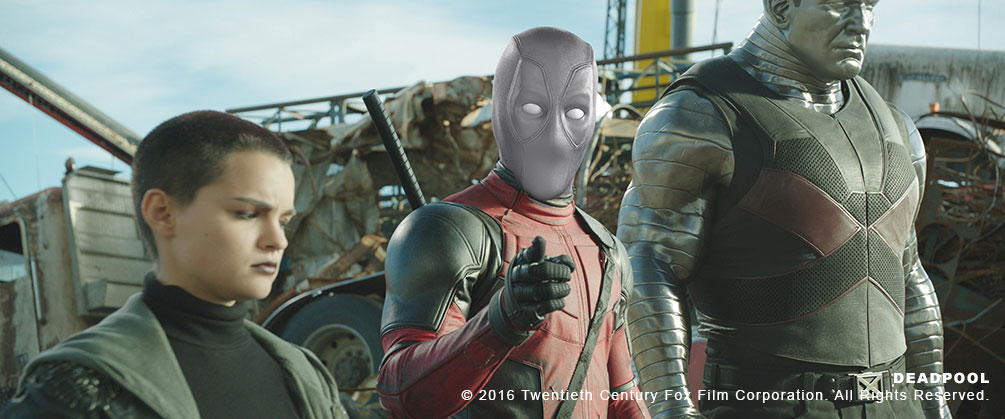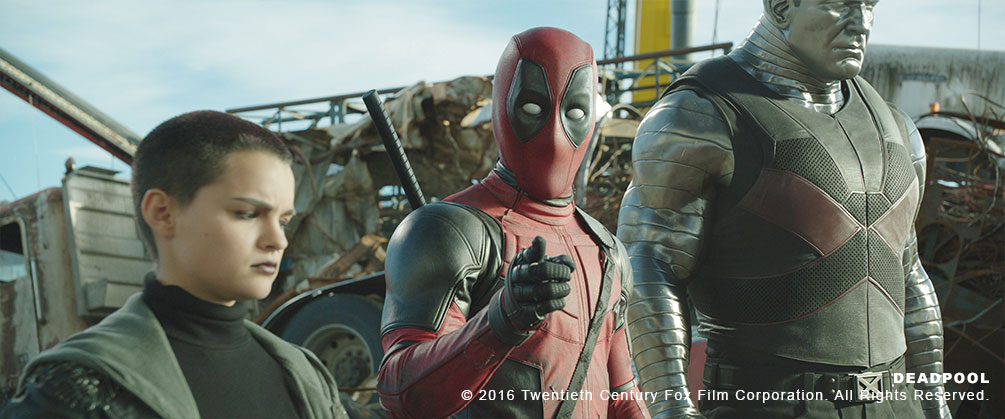Deadpool Case Study

Case Study
Image Engine was brought on to add its expertise to both Deadpool’s trailers and the final film, but also to enhance its highly praised marketing campaign. Read on to find out how.
Deadpool isn’t quite like other superheroes. He’s rude, crude, and definitely not the kind of role model you want your kids to have. He’s also the star of one of the funniest superhero movies to date – a take on the genre intended more for the adult end of the market with its litany of dirty jokes and unabashed violence.
Nevertheless, despite the comedic nature of this anti-superhero flick, working on the visual effects was serious business for Image Engine.
The Vancouver-based studio was brought on to add its expertise to both Deadpool’s trailers and the final film, but also to enhance its highly praised marketing campaign. Read on to find out how.
Conveying emotion
Visual effects supervisor Bernhard Kimbacher took lead on preparing Deadpool’s first trailer for release to the general public; a trailer that would set Deadpool up for its later success.
The trailer work required enhancements to the original footage at short notice, such as background replacements and wire removals, as well as replacing Deadpool’s entire head.
“On set, Ryan Reynolds was wearing a mask that didn’t have the flexibility to follow the contours of his face, so it didn’t fully convey his emotions,” explains Kimbacher. “We needed to show what he was thinking through the mask. That meant creating a full-CG head replacement.”
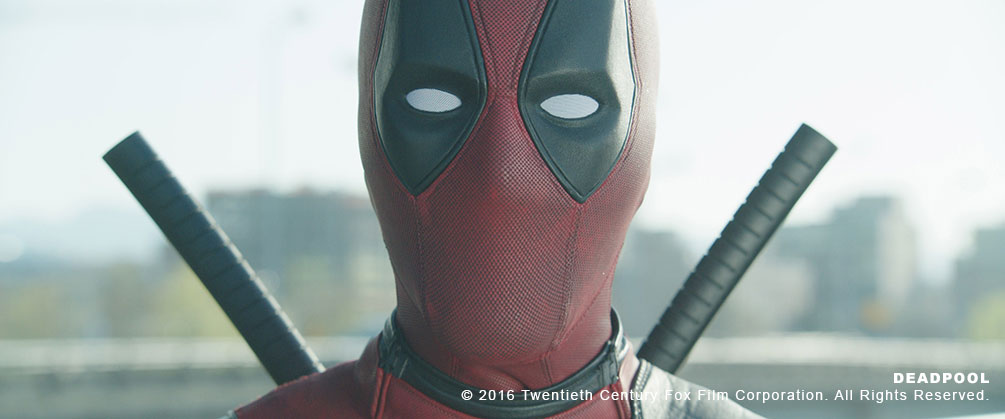

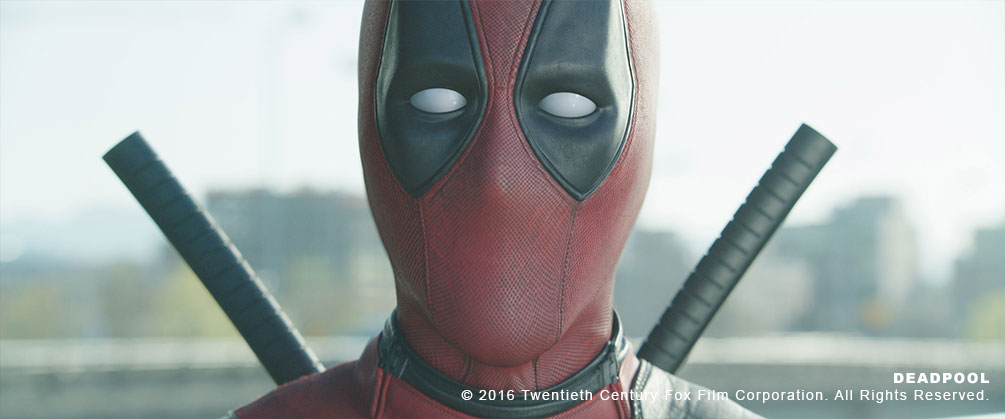
Kimbacher and his team replaced the entire head up the neckline, after which they blended it to the plate. They then animated the movements of the face, conveying a sense of emotion from below the latex.
“We received video clips of Ryan Reynolds performing the lines as reference,” says Kimbacher. “He has a really animated face; his brow movements are really extreme. That enabled us to create the overall movement and convey the emotion of this character, despite his features being concealed.”
The animation was a challenge in and of itself, but adding to it were the tight timelines of trailer production: “From when we first talked to production about the task to final delivery we had about six weeks. For a full head replacement that’s not a whole lot of time, but the crew at Image Engine worked hard to make sure the results were of the very highest quality.”

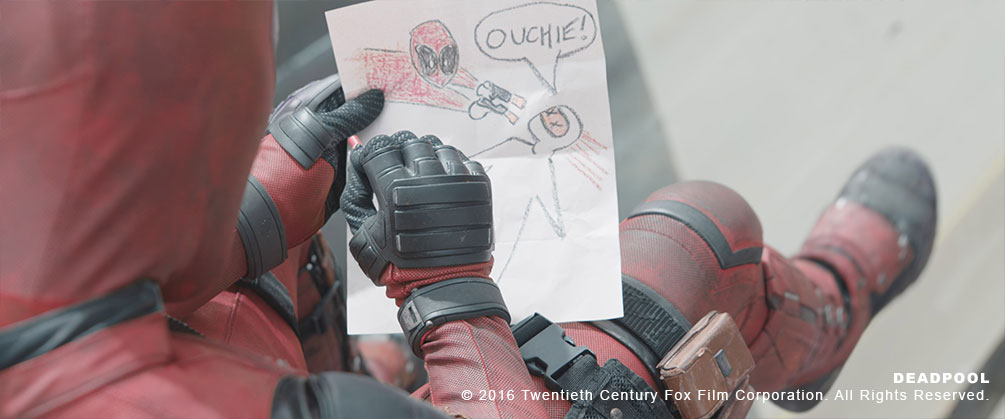
Augmenting and enhancing
There was plenty more to keep the team busy, too. Following on from the work on the trailer, Image Engine moved on to production on the movie itself.
“We performed a handful of tasks,” recalls visual effects supervisor Robin Hackl. “We added a variety of violence to scenes, such as CG katanas, knives, and gore where needed, and various other props.”
One of the most challenging shots tackled by Image Engine involved the explosive destruction of a vehicle, which was partly achieved in-camera using practical effects – small detonations shattered the windows, while other effects raised the vehicle from the ground.
It was up to Image Engine to add in everything else – the thugs in the background, Deadpool in the foreground, and the engulfing ball of flame in the middle ground.
“We were given a plate of Deadpool with some interactive lighting and a plate of bad guys behind the car, and we combined them all into one cohesive shot,” explains Hackl. “The bulk of the work went into generating the actual fireball that engulfs the car, which took a lot of focus to execute.”
Another tricky sequence involved a dramatic action set piece, with a stuntman kitted up as Deadpool and performing impressive jumps and twirls on set. Image Engine needed to add in a variety of elements to the scene, including a CG katana, bullet hits and splatters of blood.
“Tracking all of that movement and keeping everything feeling solid was pretty intensive,” says Hackl. “The characters were traveling through multiple lighting environments, so ensuring everything looked believable, while hitting the rhythm and stunt beats of the sequence, was a challenge. The team really pulled it off.”
Post post-production
Even as work wrapped on the movie itself, Image Engine’s job was far from complete. The team was called in to work on a variety of press materials for the inventive marketing campaign, working right up until the film’s final release.
“There was one promo piece for Empire Magazine, which was a 2,000 frame one-take of Deadpool spewing off a bunch of dialogue,” remembers Hackl. “We created that in CG, once again having Ryan Reynolds read the script and using that as reference to build the animation.”
The same process was used for a staged press junket: “The studio had an interviewer speaking with Deadpool as if he were an actual person, asking him about his acting career,” says Hackl.
“Again we handed the Ryan Reynolds reference footage over to the animators, and they’d animate his face to mimic Ryan. We needed to find that sweet spot where the facial expressions come through the mask, but not so much that they appeared cartoony.”
Speed meets quality
Due to the nature of the marketing cycle and the reactive nature of Deadpool’s campaign, this work required a very quick turnaround, sometimes as little as two weeks.
“That was right from the moment that they said ‘go’ to receiving plates, adjusting them, and getting all of that material sent back,” says Hackl. “And we’re not talking television here – we were working in full 4K resolution plates!”
Hackl takes pride in the fact that he and the Image Engine team refined the process to the point where they could easily deliver work of Image Engine quality to that kind of schedule.
“We had to work fast and hard, but we achieved great success, and developed a great relationship with the visual effects supervisor Jonathan Rothbart,” concludes Hackl. “It’s all a big hats off to the animators, who were able to get stuck into the material and have some fun with a character that they love!”


